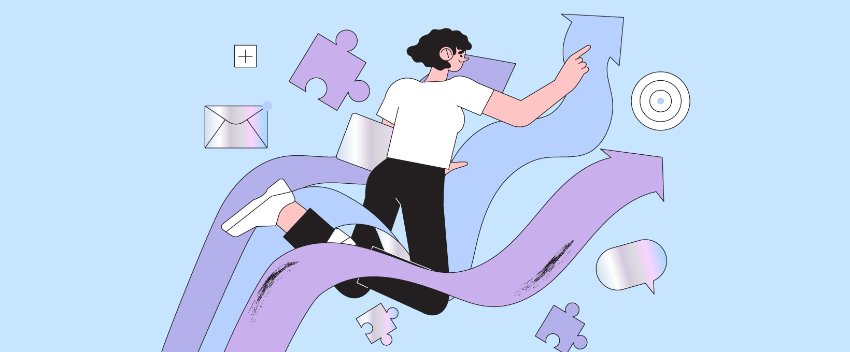How HR leaders can avoid being intimidated by job redesign
A changing world of work means some jobs must change too. Futurist Alexandra Levit shares her job redesign insights and steps for making the process easier.

The need for job redesign is on most HR leaders’ radars in 2024. But in most organizations, it still seems to be more of a talking point than a reality. However, given that Dayforce’s 14th Annual Pulse of Talent survey found that 37% of respondents said there is a different role with their current employer that better matches their skillset, the process seems ripe with opportunity.
Job redesign is the process of rearranging or replacing tasks to better align work with evolving conditions both inside and outside the organization. And it’s really nothing new. For example, the telegraphist or telegraph operator was one of the first tech-related jobs of the 19th century. The telegraphist used the most modern equipment available at the time to send and receive Morse code via radio and telephone.
In the 1970s, the telegraph was mostly replaced by telex, a communications network to send text-based messages. So, if you were a telegraphist and you wanted to remain gainfully employed, you had to adapt and learn telex. In other words, the telegraphist job was redesigned with a lot of the same skills and responsibilities – minus the telegraph.
Job redesign may feel more complex and overwhelming today because the pace of technology is faster and has a broader impact in terms of affected occupations. In particular, the arrival of generative AI has leaders wondering exactly how to execute job redesign to incorporate the benefits of this technology.
Before we get into how to make the process more turnkey, let’s address what job redesign is NOT. For example, job redesign is not bringing in a new piece of automation and letting go of all the human employees previously involved in the job targeted by the automation. When integration of automation is done well, the technology takes over more straightforward, repetitive tasks while human employees provide the necessary strategic input, creativity, judgment, and oversight. And that’s where job redesign comes in.
Three practical steps for job redesign
In most knowledge-driven and in many frontline worker occupations, shifting business requirements and emerging technologies mean that employees need new skillsets. Therefore, the process of job redesign involves understanding the individual tasks that encompass the work being done, and then matching or training for skills necessary for those tasks.
Step one: Engage in task analysis
Target a small category of jobs to start, and then assemble a diverse group of stakeholders from across the organization. Make sure this group includes people across levels, and not just leadership, so you have representation from those who are close to the work.
Document the critical tasks currently associated with each job, and note where there are redundancies, areas where technology could be efficiently deployed, and places where you can build a job to become more flexible in structure and environment. You can also rank your tasks according to importance, how often they are performed, how long they take, and the skills required or how people learn how to do each task.
Step two: Create new job titles and descriptions
Next, based on your analysis, group related tasks into new job buckets. With smart technology now helping in new ways with some tasks, there may be room to remove or combine previous jobs.
This may involve creating new “super jobs” that cross departmental lines. For example, the new job of people analytics manager might be technically housed in HR but include tasks traditionally housed in IT such as selecting appropriate technology applications, ensuring data quality, and communicating data-related insights to leaders and other constituents.
You can also use this exercise as an opportunity to standardize jobs titles and descriptions across the organization.
Step three: Implement redesign plans via upskilling and reskilling
Upskilling refers to training individuals in value-added skills related to their existing jobs, while reskilling involves training them in skills for a new role. Once your jobs are redesigned, a skills inventory of your workforce should indicate how people might be moved around, what new resources will need to be secured, and what training efforts are essential.
As you complete this process, a learning and development formula should emerge for training a variety of employees to take on a given role. You may also need to adjust performance and compensation criteria to reflect the actual tasks being achieved in your newly redesigned jobs. For instance, some jobs might become better suited to junior-level employees and vice versa.
Note that your organization will get the most out of job redesign and redeployment if your culture facilitates internal mobility and cross-functional collaboration.
Also, there has never been a better time for clear and transparent communication with your workforce regarding the scope of the job redesign and how it affects individual employees. Understand that some might feel threatened, so focus on how the changes will benefit them and allow them to achieve their career goals more easily. You will likely be pleasantly surprised by how employees react.
You may also like:
Ready to get started?

